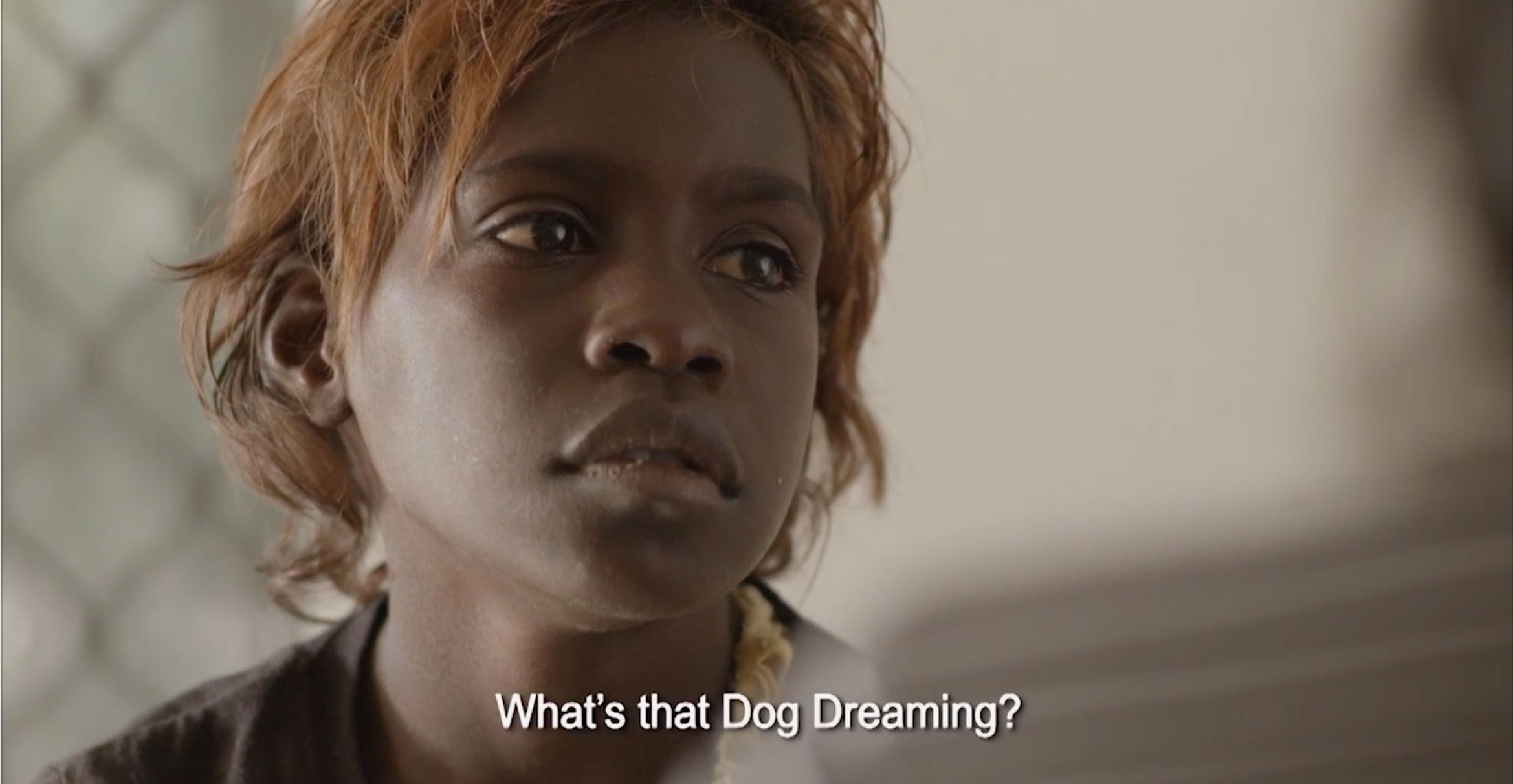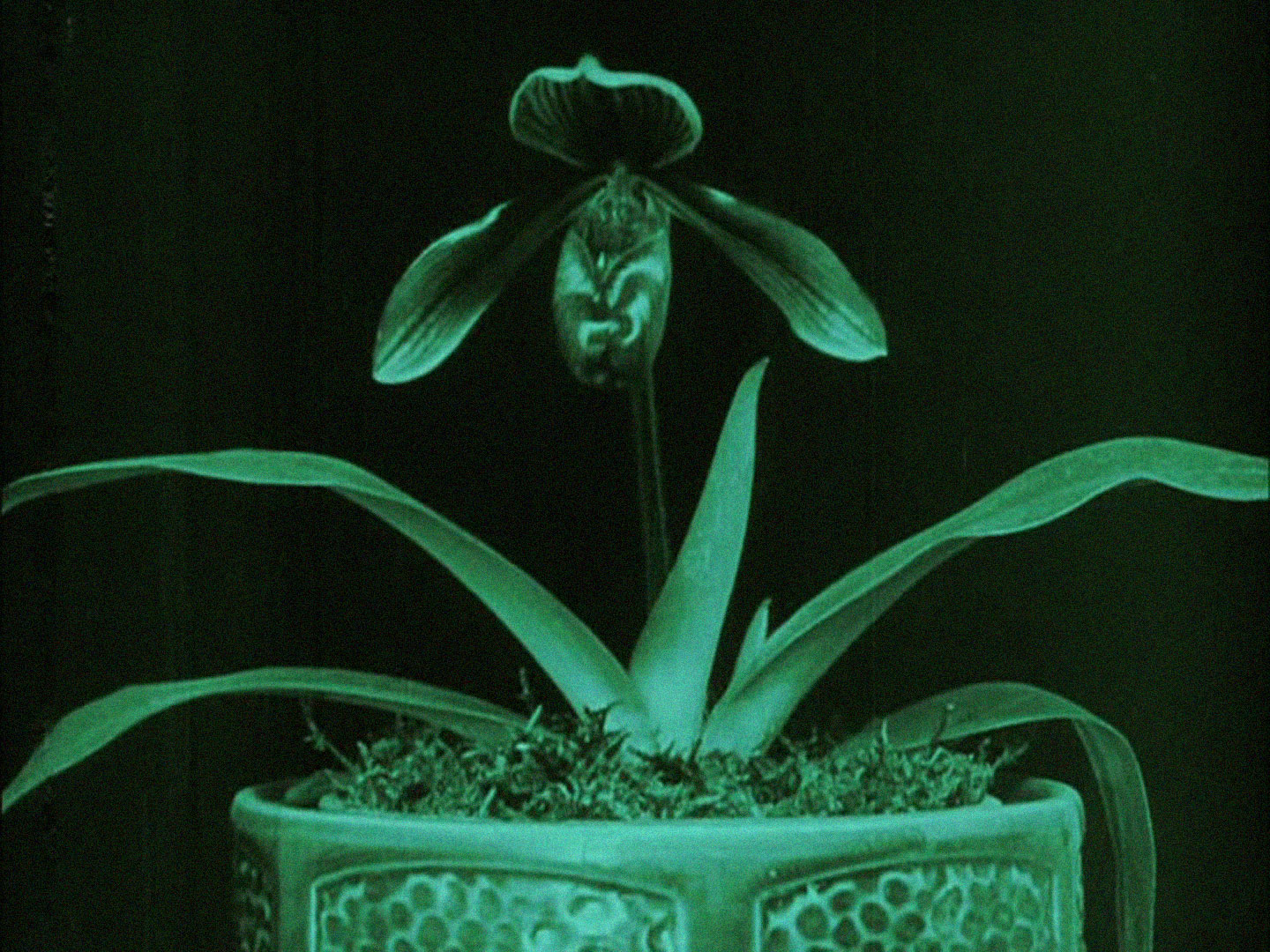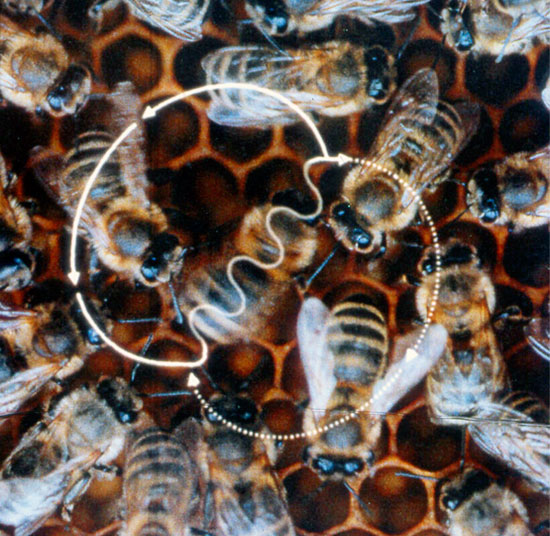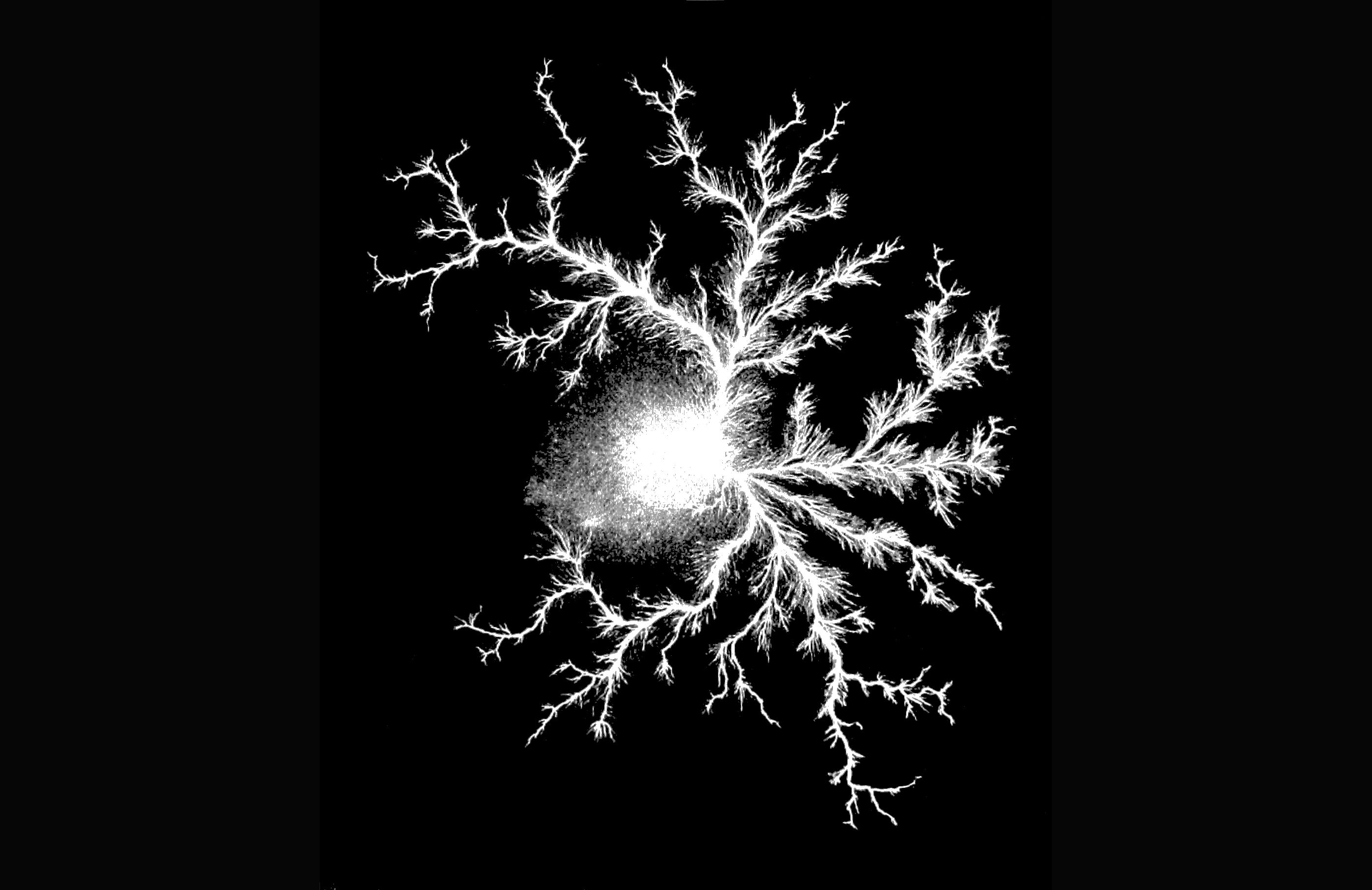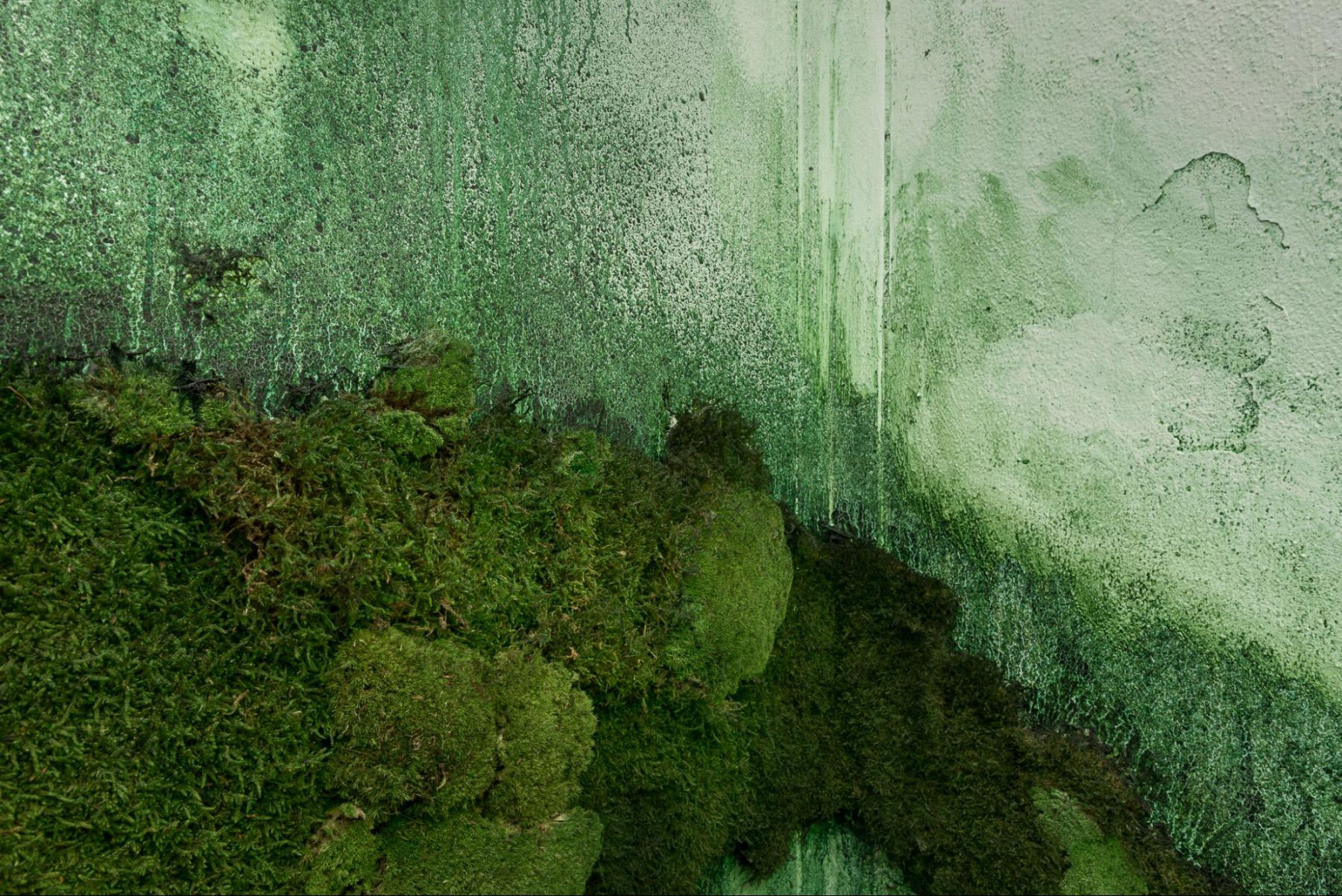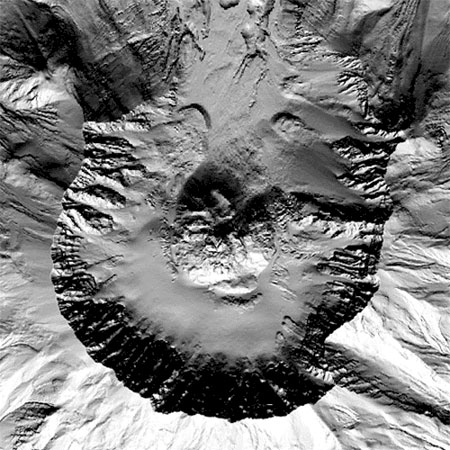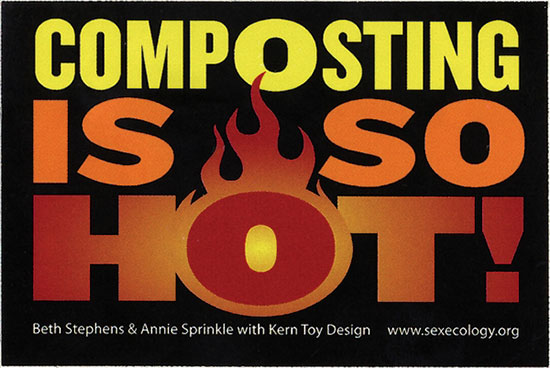But are the concepts of biopolitics, positive or negative, or necropolitics, colonial or postcolonial, the formation of power in which late liberalism now operates—or has been operating? If concepts open understanding to what is all around us but not in our field of vision, does biopolitics any longer gather together under its conceptual wings what needs to be thought if we are to understand contemporary late liberalism? Have we been so entranced by the image of power working through life that we haven’t noticed the new problems, figures, strategies, and concepts emerging all around us, suggesting the revelation of a formation that is fundamental to but hidden by the concept of biopower? Have we been so focused on exploring each and every wrinkle in the biopolitical fold—biosecurity, biospectrality, thanatopoliticality—that we forgot to notice that the figures of biopower seem to be inflected by or giving way to new figures: the Desert, the Animist, the Virus? And is a return to sovereignty our only option for understanding contemporary late liberal power?
Humus
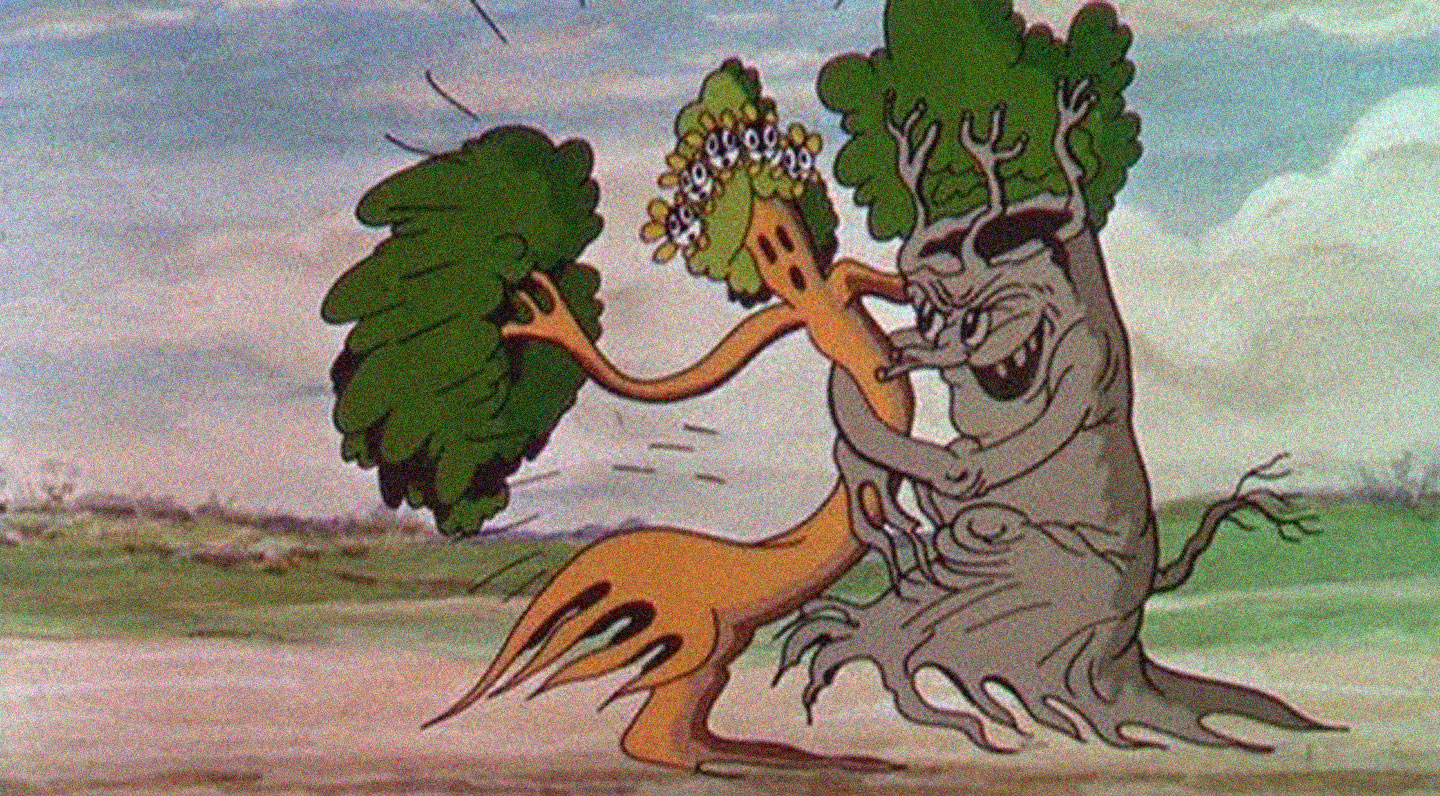
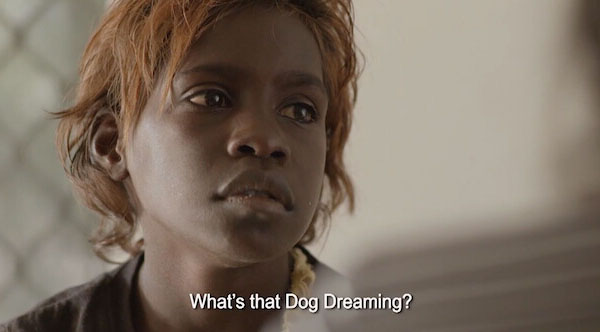
“Humus,” the original component of soil, has the same root as “human.” Humans are the earthy ones; they originate from soil. Departing from non-anthropocentric thinking and taking humus as a lens for being-in-the-world, possibilities emerge for recognizing new sets of relations and new ways of make life habitable, even as unlivability spreads. Humus can inspire the cultivation of collective and collaborative responses against fierce competition and regressive individualism. With humus, humans can elaborate strategies to rebuild “a world that contains other worlds,” rather than excluding those worlds and ideas that do not align with dominant views. As Donna Haraway wrote: “We are compost, not posthuman.”
The mediated, sentient, and intelligent plant potentially invites us to think about nature, plants, technology, and ourselves-as-humans in different ways. As plants in particular are revealed as agentic, intentional beings, the mediated plant potentially invites us to develop more caring, attentive, and communicative attitudes toward the vegetal. In this way, the mediated plant can push us forward in the urgent “struggle to think differently” that Val Plumwood called us to join. Perhaps the mediated, sentient, intelligent plant can help us to queer nature, to queer botanics, to queer ourselves-as-humans as we “go onwards in a different mode of humanity.” But why to queer? Why not “simply” to “decolonize”?
Subscendence affects things like nation-states, as huge and powerful as they appear. Subscendence is why you need a passport. It’s not to guarantee your identity, but to guarantee and prop up the identity of the state. Islamophobia sees Muslim terrorists as inevitably part of some larger, shadowy organization, while in the United States, white terrorists are always described as “lone wolves.” No matter how many of them shoot people in churches and outside abortion clinics and blow up government buildings, having trained in the Christian equivalent of an al-Qaeda training camp; no matter how many wolves there are, they are always seen as lone wolves, not as members of a pack. The concept that wholes are greater than the sum of their parts comes in ideologically handy because then Islamophobia can claim that Islamic terrorists are part of some emergent, shadowy whole, while white terrorists are individuals without a whole in sight.
